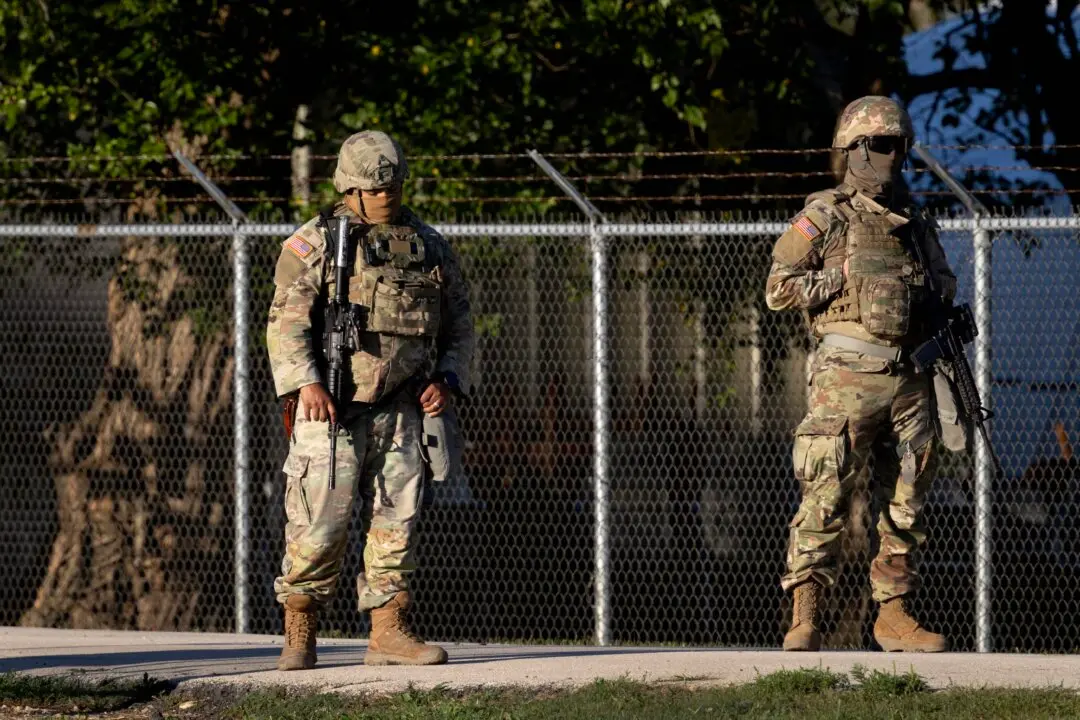The International Monetary Fund (IMF) has slashed its growth forecast for the United States by one full percentage point, blaming supply chain disruptions and weaker consumption, while warning of growing economic risks to the world economy.
In its most recent World Economic Outlook, released on Oct. 12, the IMF cut the growth forecast for the United States from 7.0 percent in July—a level that would have been the strongest pace since 1984—down to 6.0 percent. At the same time, the IMF raised the U.S. growth forecast for 2022 by 0.3 of a percentage point to 5.2 percent.





